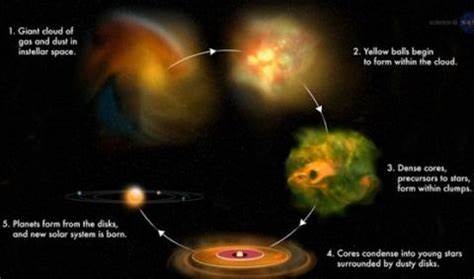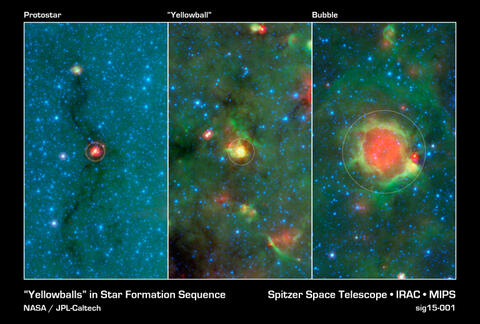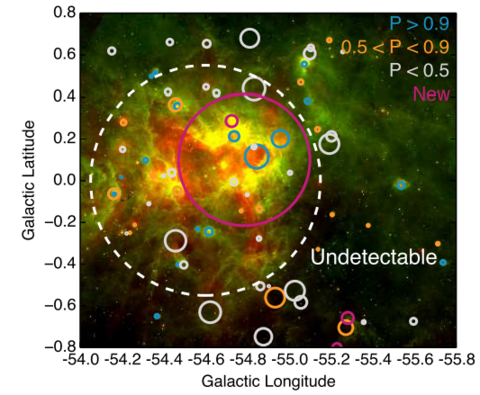Citizen Scientists Discover Yellow Balls Through the Milky Way
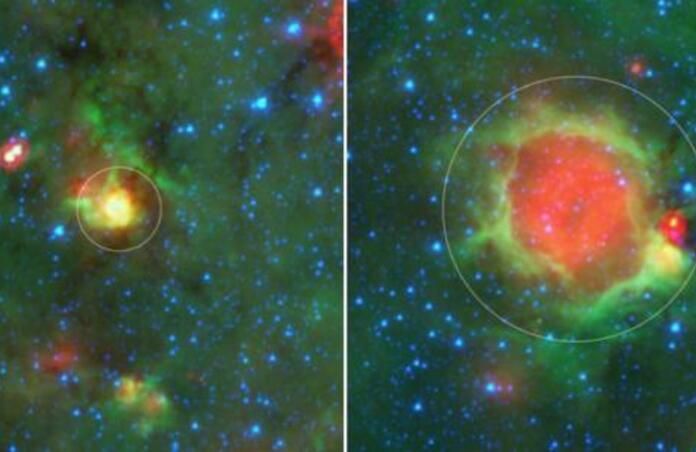
A new study draws on results from the citizen science Milky Way project to offer new insights into star formation.
The Milky Way project took place in 2012 on Zooniverse, a platform where volunteers can assist professional scientists in diverse subjects of research. The aim was to study the infrared images collected by the Spitzer Space Telescope and the Wide-field Infrared Survey Explorer, which allow for observations of the galactic plane since its dust absorbs light at other wavelengths (notably the visible light). More precisely, the team of researchers behind the project wanted a significant number of people – in the end over 35 000 citizen scientists participated – to classify certain features.
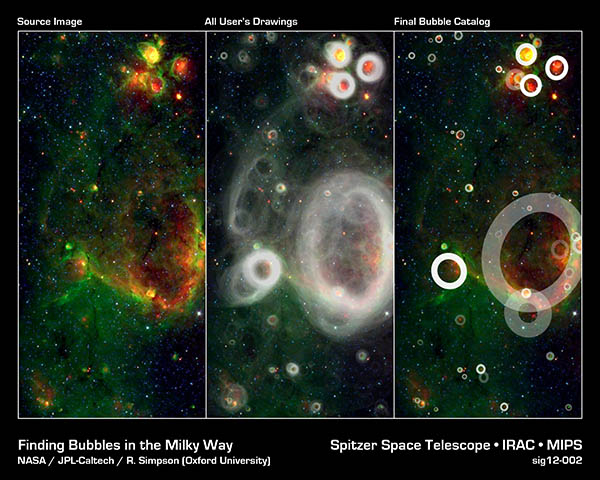
At the beginning, the focus was on “Bubbles”, sites of active star formation typically containing a few hundred or thousand stars which are subject to stellar wind, that in turn pushes gas and dust into the bubble-shaped shells. The red cores of these bubbles represent hot dust that hasn't been blown away yet, while the green shell contains molecules. A noteworthy type of molecules are polycyclic aromatic hydrocarbons, which are organic molecules associated with the molecular clouds within which stars form. It’s their emission lines that are seen as green.
Soon users also noticed other, “yellow” spots; in a 2015 paper of The Astrophysical Journal their 928 findings were discussed. They were initially thought to be regions were massive stars form, preceding the formation of bubbles – the yellow colour is due to the false colouring of the infrared images, effectively it’s the overlapping of red and green. The new investigation shows that in fact all forming stars and star clusters go through a yellowball stage, and that the “colour” of these regions straightforwardly gives information about the masses and ages of the clusters, an important observation considering the cost of the usually employed spectroscopy techniques. Star formation is still a very active area of research, and the citizen science project greatly helped advance our knowledge of this process.
and a comparison of different stages on Spitzer images
The Milky Way project has also led to discussions about the complementarity between the human eye’s capacity to recognize patterns and machine learning. An algorithm developed in 2014 was trained on the volunteer’s results and helped pinpoint bubbles near bright sources, where the contrast is difficult to observe. As well, it was trained to distinguish between bubbles, random structures of the Interstellar Medium and supernova shells which can look very similar, especially to the untrained eye. For each feature it detects, the algorithm gives a probability, which highlights a tendency to discover too many bubbles by the citizen scientists. It remains that thanks to the collaborative effort, a map of the most probable star-formation bubbles in the Milky Way was produced.
a comparison between bubbles (a), supernova shells (b) and random features (c)
The Milky Way citizen science project has been very useful to understand star formation, particularly the role of yellowballs as intermediates between molecular clouds and bubbles. Combined with machine learning methods, the volunteers’ results have been summarized in a map of our galaxy’s bubbles.
Cover Image: A yellowball and a bubble, NASA/JPL-Caltech
Image Credits:
1 and 4 - NASA/JPL-Caltech
2,5,6 and 7 - Beaumont et al. The Milky Way project: leveraging citizen science and machine learning to detect interstellar bubbles, ApJ 2014
3 - Artist's concept, NASA

